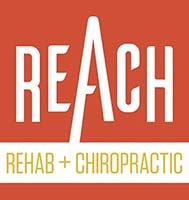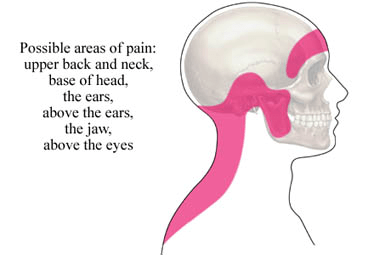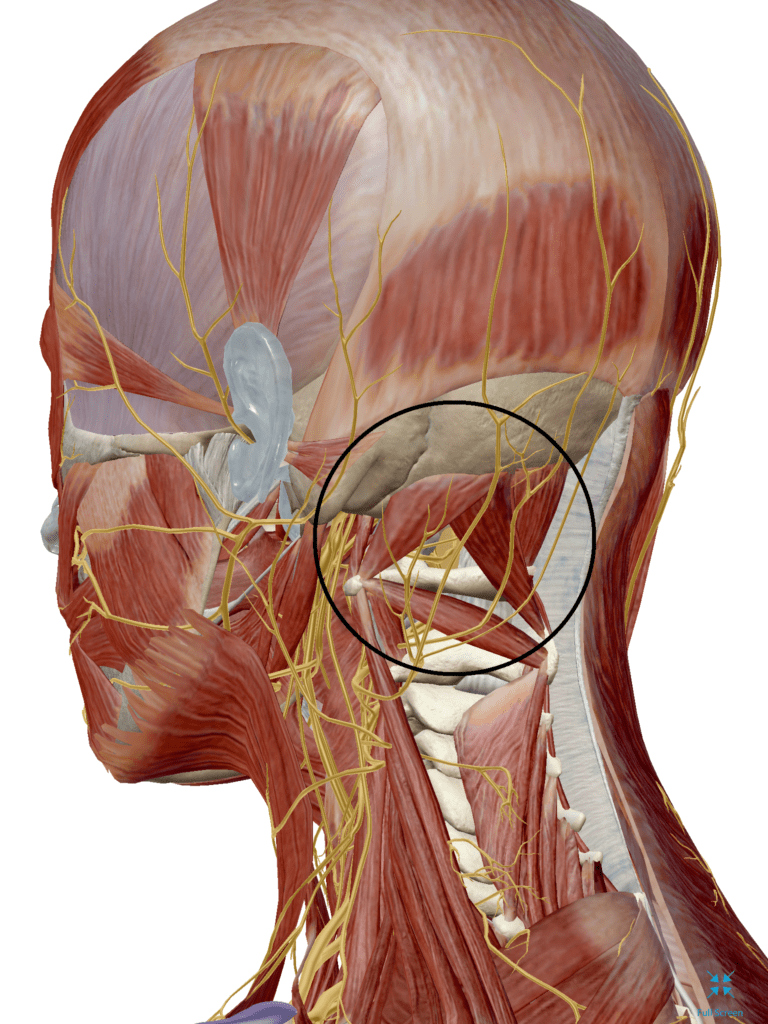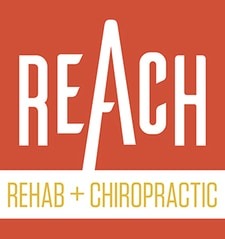COMMON TREATMENTS FOR A HEADACHE
The most common treatments are rest, medication, physical therapy, chiropractic, acupuncture, massage, and other various conservative therapies.
While most acute bouts of CH will resolve on their own within a few weeks, the risk of recurrence is very high. The greatest risk of injury is the previous injury — if you’ve done it once, it’s very likely to happen again.
Few individuals need surgery for CH. However, if the pain is debilitating and unrelenting after conservative options are exhausted, a “nerve block” or surgery may be necessary.
At REACH, we successfully treat CH, similarly to a neck problem. Commonly, we find CH is the result of a problem with the neck joints and muscles just below the base of the skull.
WHAT YOU CAN DO ABOUT A HEADACHE
With all mechanical pain, there’s a ‘what’ and a ‘why’ — what the problem is and why it’s occurring in the first place. To achieve resolution, it’s crucial to not only identify and correct the problem at hand but address the behaviors which lead to the issue’s occurrence. Here are some self-help tips:
- Keep moving
- Avoid sitting for longer than 30-minutes at a time
- Sit in an upright posture with lumbar support
- Take micro-breaks: stretch, take a stroll, grab a snack, move around
- Sleep with one pillow supporting a neutral, aligned spine.
- Learn proper shoulder & lifting mechanics: click here for the video link
- Take mental notes of what you are doing when your pain feels better or worse to identify any behavioral patterns
STILL STRUGGLING WITH A HEADACHE? WE CAN HELP!
Our approach isn’t to just “fix” the problem, but rather to understand what it is and what it isn’t, so the correct treatment is applied to the right problem — only then can we achieve a solution. Why use a hammer if you’re not positive it’s a nail? The last thing you want is to hammer away at a screw!
REACH initiates treatment for neck pain by utilizing the Mckenzie Method (MDT). MDT is a proven system of examination, treatment, and classification of spinal, joint, and other musculoskeletal pain, backed by years of research, evidence, and practice. The system has been shown to be low cost, fast, and effective even for chronic pain.
By exploring simple movements in repetition that improve or worsen your symptoms and functional baselines (e.g., walking, stepping, lifting, reaching, bending, muscle strength), we can understand how your pain behaves.
If a mechanical force caused the problem, then it is logical that a mechanical force may be part of the solution. The MDT system is designed to identify the mechanical problem and develop a plan to correct or improve the mechanics, thus decreasing or eliminating the pain and functional problems. Further, the system tells us what treatment tool to use at the appropriate time, eliminating the guessing game.
Once we identify a movement(s) that improves your baselines, you’re on your way to controlling your pain yourself, not needing your chiropractor on a repetitive basis. If your problem is something we are unable to treat, the McKenzie assessment will tell us this within the first few visits, and then we recommend the next best course of action to find you a solution.



